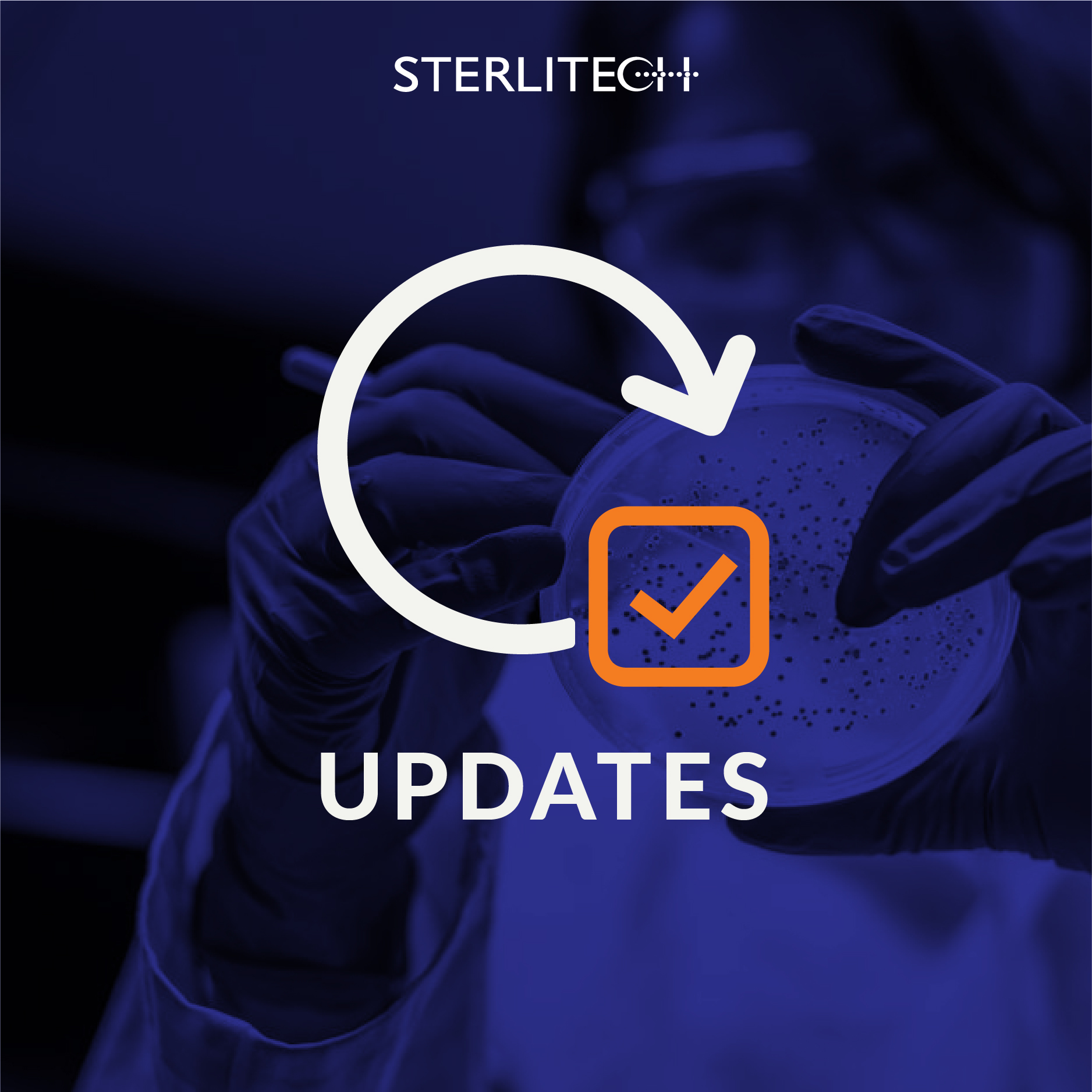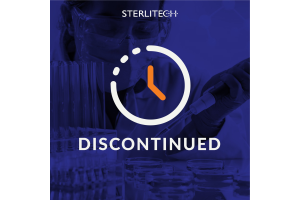Sewage Water Provides Insight on Drug Use Patterns

Researchers from the European Monitoring Center for Drugs and Drug Addiction are zeroing in on public toilets in Europe to identify drug use patterns across the continent. Over the past decade, sewage plant wastewater has been a top source for monitoring drug consumption. However, due to the rising number of new psychoactive substances on the market, scientists have had to come up with new ways to identify suspicious chemicals more effectively. In a recent publishing entitled “Assessing illicit drugs in wastewater”, the EMCDDA expounds on new methodologies for scanning through sewage water to identify drug use trends in different cities. Part of the report includes references to studies that sourced and analyzed wastewater directly from public toilets where drug use was thought to be common. According to the paper, this technique allows researchers to carry out more geographically detailed analyses as well as identify drugs whose uses are still unknown. Through the traditional method, water samples are collected from wastewater treatment plants and analyzed for traces of substances such as cocaine, heroin, and amphetamine to name a few. While this procedure works well for the identification of more common drugs, it is less effective in gauging usage patterns for new lab-made drugs. “There are too many new psychoactive substances arising on the market—only in 2014, we got at least 100 new drugs,” says EMCDDA researcher, Liesbeth Vandam during her interview with Motherboard. “We can assume that the user base for each of them is low, which means they are difficult to find in wastewater [because of weaker concentration].” A team of toxicologists led by Dr. John Archer from King’s College and Guy’s and St. Thomas’ Hospital tested this technique in London and other British cities. For the experiment, portable urinals with a capacity of 400-liters per tank were distributed in city centers and in places such as nightclubs, which are known for frequent novel drug consumption. Upon collection, the samples were broken down to their chemical elements and then compared to a database of substances with known psychoactive effects. In all cases, the researchers were able to identify significant quantities of novel substances such as mephedrone, cathine, and hordenine in the urine samples. Wastewater analysis can pave the way to better health and treatment services in various ways. By being able to accurately monitor drug use patterns, hospitals can be made aware of new psychoactive substances and predict changes in treatment needs on a long-term scale. Sterlitech Corporation provides a complete range of filtration products and supplies for water separation and environmental testing. Browse through our available Microbiological Filter Funnels, MCE Nitrocellulose Mixed Esters, Petri Dishes and Glass Microfiber Filters for Wastewater Analysis today! Visit https://www.sterlitech.com/ for more information.
- Most Viewed Blog Articles (5)
- Company News (284)
- Emerging Technologies (64)
- Microbiology and Life Science News (93)
- Water and Fluid Separation News (97)
- Filtration Resources (93)
- Product News (19)

![Join Sterlitech at BIO 2024 [Booth #5558]: Exploring the Future of Biotechnology](https://www.sterlitech.com/media/blog/cache/300x200/magefan_blog/b4.jpeg)




